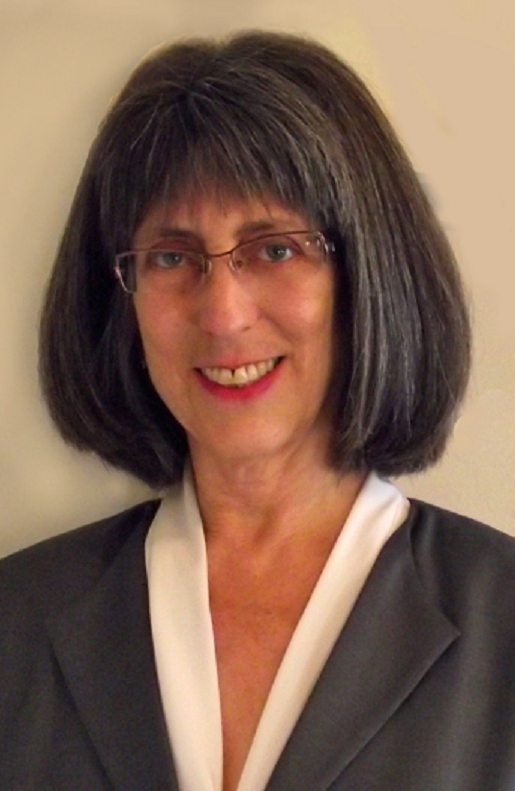Do Not Open the Door
By Marcy Darnovsky,
Southwestern Medical Perspectives
| 12. 04. 2019
Should CRISPR be used to alter the genes and traits of future children and generations? Dozens of nations have considered this prospect and decided that manipulating the human germline should be legally off limits. The U.S. and China have not.
Some gene-editing enthusiasts now want to reopen the question. The answer will affect us all and shape the future. Yet despite the stakes being so high, many discussions of heritable genome editing are distorted by dubious assumptions. The claim that editing human embryos is needed to save babies from inherited disease and could “reduce human suffering in profound and meaningful ways,” for example, is misleading for several reasons.
First is the substantial risk of introducing rather than preventing harm. Editing an embryo’s genes can go wrong in multiple ways, including off-target edits, on-target but inaccurate edits, and a condition called mosaicism that produces a mix of altered and unaltered cells in an embryo – and in the resulting child. No one knows what the health effects of these unintended changes might be, for that child or for future generations.
Second: Safe options...
Related Articles
By Jonathan Matthews, GMWatch | 12.11.2025
In our first article in this series, we investigated the dark PR tactics that have accompanied Colossal Bioscience’s de-extinction disinformation campaign, in which transgenic cloned grey wolves have been showcased to the world as resurrected dire wolves – a...
By Jenny Lange, BioNews | 12.01.2025
A UK toddler with a rare genetic condition was the first person to receive a new gene therapy that appears to halt disease progression.
Oliver, now three years old, has Hunter syndrome, an inherited genetic disorder that leads to physical...
By Simar Bajaj, The New York Times | 11.27.2025
A common cold was enough to kill Cora Oakley.
Born in Morristown, N.J., with virtually no immune system, Cora was diagnosed with severe combined immunodeficiency, a rare genetic condition that leaves the body without key white blood cells.
It’s better...
By Rachel Hall, The Guardian | 11.30.2025
Couples are needlessly going through IVF because male infertility is under-researched, with the NHS too often failing to diagnose treatable causes, leading experts have said.
Poor understanding among GPs and a lack of specialists and NHS testing means male infertility...




